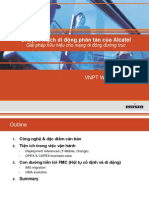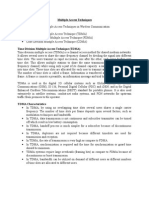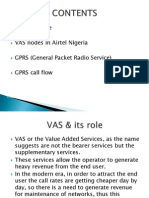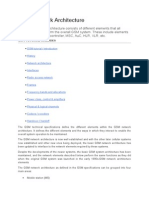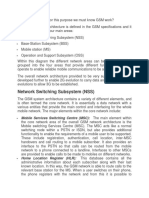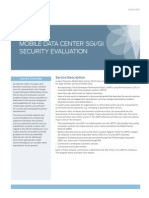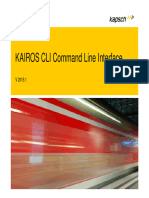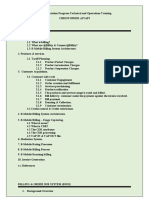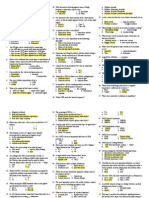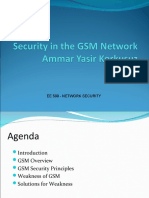0% found this document useful (0 votes)
232 views24 pagesNetwork Switching Subsystem
- 2G technologies included GSM and CDMA. 3G included WCDMA, and 4G included LTE.
- GSM is a digital cellular technology used for mobile voice and data. 2G is essentially the original GSM technology.
- MMS allows sending messages with multimedia content like images over cellular networks.
- CDMA and TDMA define the modulation schemes used in GSM and CDMA networks respectively.
Uploaded by
AIC DSCopyright
© © All Rights Reserved
We take content rights seriously. If you suspect this is your content, claim it here.
Available Formats
Download as DOCX, PDF, TXT or read online on Scribd
0% found this document useful (0 votes)
232 views24 pagesNetwork Switching Subsystem
- 2G technologies included GSM and CDMA. 3G included WCDMA, and 4G included LTE.
- GSM is a digital cellular technology used for mobile voice and data. 2G is essentially the original GSM technology.
- MMS allows sending messages with multimedia content like images over cellular networks.
- CDMA and TDMA define the modulation schemes used in GSM and CDMA networks respectively.
Uploaded by
AIC DSCopyright
© © All Rights Reserved
We take content rights seriously. If you suspect this is your content, claim it here.
Available Formats
Download as DOCX, PDF, TXT or read online on Scribd
/ 24

















